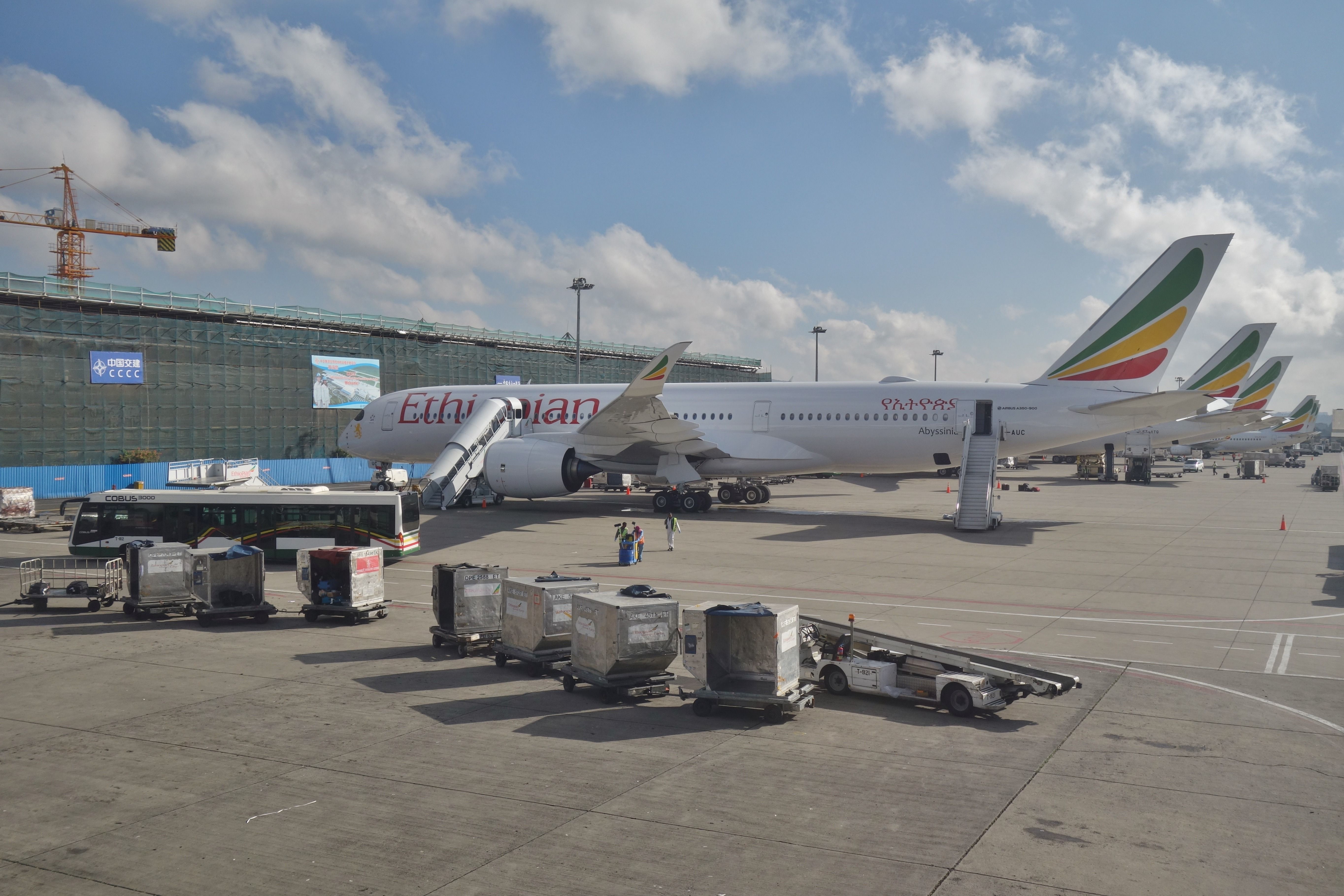Summary Ethiopian Airlines is embarking on a project to build a new airport in Ethiopia. The new airport, built in two phases, should be capable of handling up to 100 million passengers per year once its finished. Ethiopian Airlines was a major transit carrier for passengers flying from/to Africa.
Ethiopian Airlines and Dar Al-Handasah (Dar), a consultancy firm that focused on buildings and infrastructure that was part of the Sidara group of companies, have signed an agreement to design and build a new airport. The new airport would be located in Abusera, Bishoftu, just south of Addis Ababa, the capital of Ethiopia, and the airport serving the city, Bole Addis Ababa International Airport (ADD). Handling up to 100 million passengers yearly The agreement was signed on August 10, according to the Ethiopian Press Agency , a government-owned press agency.

The announcement stated that the project would be completed in five years, with the construction of the airport being split into two phases. Phase one would focus on a terminal building that would be capable of handling 60 million passengers per year, requiring an initial investment of $6 billion. The second phase would expand the airport’s capability to handle over 100 million passengers annually.
Mesfin Tassew, the chief executive officer (CEO) of Ethiopian Airlines Group, said that the partnership between the government-owned airline and the consultancy firm was a historic milestone. The CEO praised Dar’s previous experience in designing and managing mega-airports, with the two companies’ agreement covering the design and supervision of the construction of the new airport. The carrier has a decades-long heritage.
Exploring financing options Ethiopian Airlines was still exploring financing options for the project, the announcement read. According to Tassew, the carrier could finance the new airport with loans. Nevertheless, Tariq Al Qanni, the director of operations of Dar, remarked that the consultancy firm was a one-stop shop for such projects, noting that the company delivered designs in an integrated and comprehensive way.
“We manage the entire project with a single point of viability coupled with our vast experience in the design of airports from major aviation hubs that makes us unique and suitable for the job.” According to Dar, it has worked on projects at Dubai International Airport (DXB) , King Abdul Aziz International Airport (JED), and Catumbela Airport (CBT) in Angola. Currently, Ethiopian Airlines utilizes ADD as its main hub.
The airline’s page about the airport stated that it was one of the busiest airports in Africa and could handle 22 million international and 2 million domestic passengers annually. Four airports joined its passenger network in May and June. As a consequence of the airline’s strategy, ADD has become a major transition hub for travel from/to Africa.
Similar to the big three in the Middle East – Emirates , Etihad Airways, and Qatar Airways, Ethiopian Airlines has been facilitating travel between the continent and Europe and North America, as well as Asia. Data from the aviation analytics company Cirium showed that Ethiopian Airlines has scheduled 2,811 weekly flights in August, 2,119 of which were intra-Africa itineraries (75.3%), while international connections to Africa account for 293 of its weekly flight schedule (10.
4%). At the same time, it operates a substantial network of fifth-freedom flights, with Cirium data showing that in August, Ethiopian Airlines has scheduled 78 weekly itineraries that do not originate or fly to African destinations. Pictured above were its fifth freedom routes that continue flying to ADD after completing the initial itinerary.
These were the places where most of the carrier's passengers went last year..



















